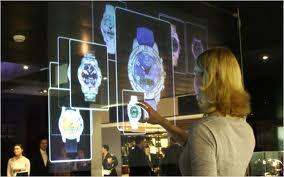Over the past decade, extended reality (XR) applications have increasingly been used as assistive technology for people with low vision (LV). Here we present a systematic literature review of 216 publications from 109 different venues assessing the potential of XR technology to serve as not just a visual accessibility aid but also as a tool to study perception and behavior in people with low vision and blind people whose vision was restored with a visual neuroprosthesis. These technologies may be used to visually enhance a person's environment for completing daily activities, train LV participants with residual vision, or simulate either a specific visual impairment or the artificial vision generated by a prosthetic implant. We also highlight the need for adequate empirical evaluation, the broadening of end-user participation, and a more nuanced understanding of the suitability and usability of different XR-based accessibility aids.
翻译:在过去10年中,扩大的现实应用(XR)越来越多地被用作低视人群的辅助技术(LV),我们在这里对109个不同地点的216份出版物进行系统文献审查,评估XR技术的潜力,不仅作为视觉无障碍辅助工具,而且作为研究低视人群和盲人的认知和行为的工具,其视力通过视觉神经假体恢复;这些技术可用于视觉改善一个人的环境,以完成日常活动,对LV参与者进行留视培训,或模拟特定视觉障碍或假肢植入产生的人工视觉。我们还强调有必要进行充分的实证评估,扩大最终用户的参与,并更加细致地了解基于不同XR的无障碍辅助工具的适宜性和可用性。




